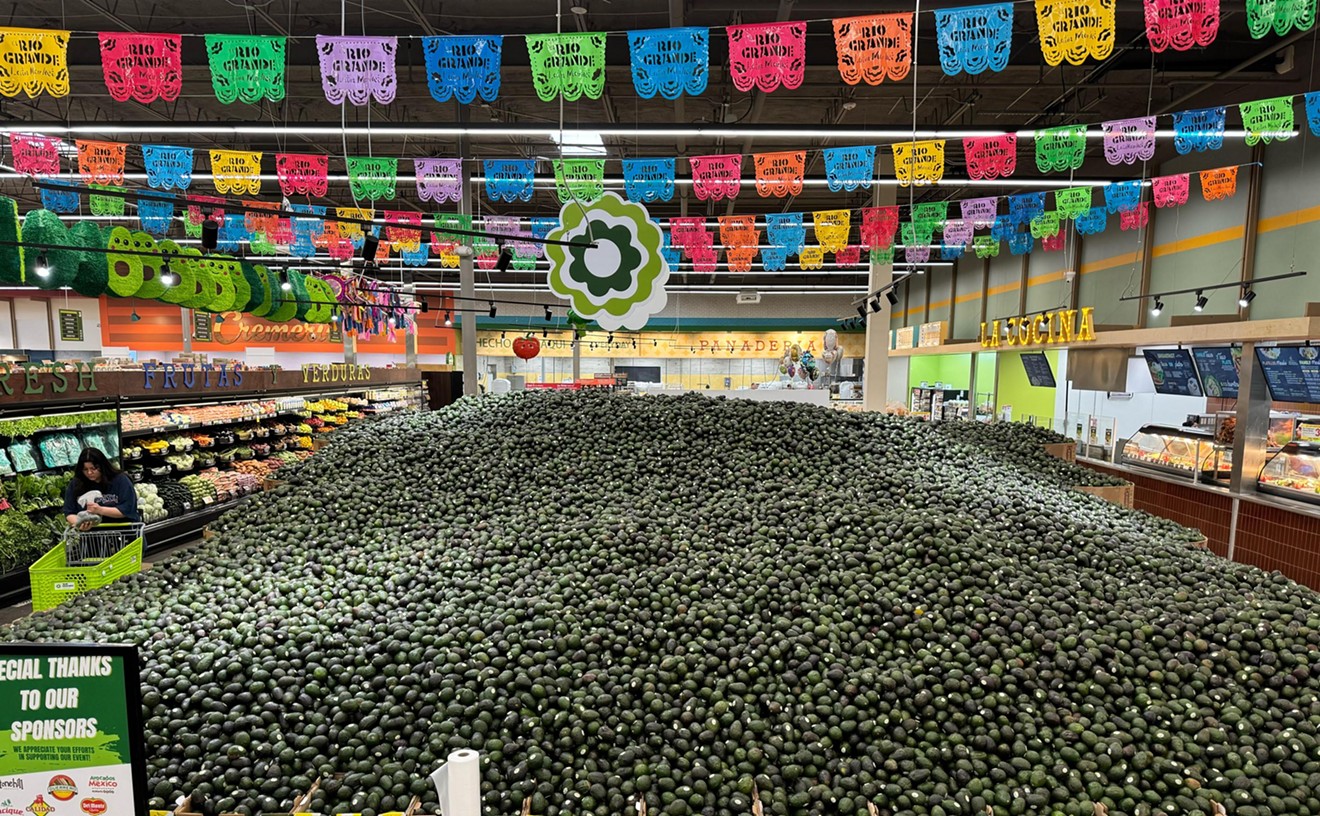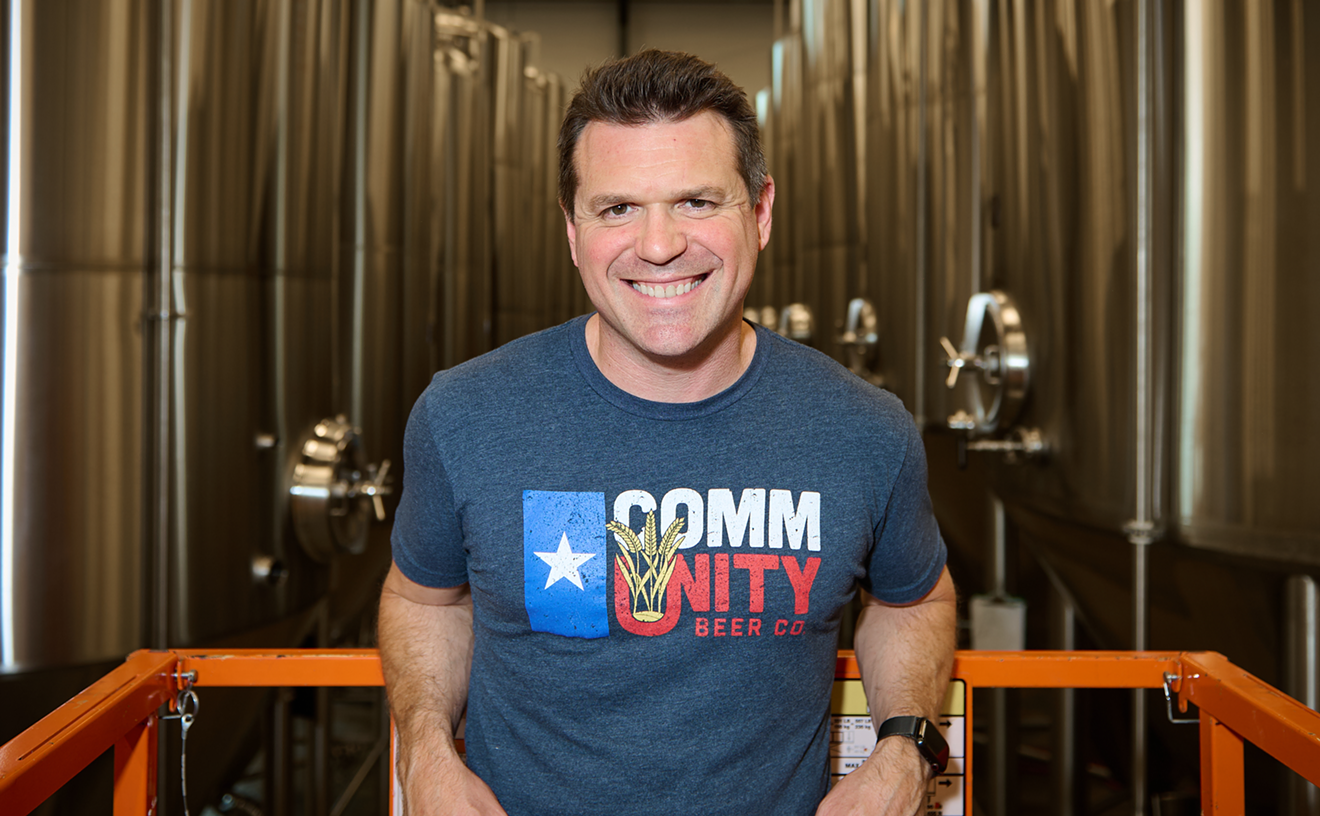This weekend's New York Times Magazine has a long piece on the science of processed-food addiction. It's the most fascinating piece of food journalism I've encountered in some time, and a must-read for anyone who has ever grabbed a bag of potato chips. (That would be all of you.)
It's relatively common knowledge that big brands have significantly invested in efforts to get us to buy more snack food. Michael Moss' piece illuminates just how big (and conniving) those investments can be.
Frito-Lay had a formidable research complex near Dallas, where nearly 500 chemists, psychologists and technicians conducted research that cost up to $30 million a year, and the science corps focused intense amounts of resources on questions of crunch, mouth feel and aroma for each of these items. Their tools included a $40,000 device that simulated a chewing mouth to test and perfect the chips, discovering things like the perfect break point: people like a chip that snaps with about four pounds of pressure per square inch.
It's not just about the crunch though. These same scientists coined the phrase "vanishing caloric density" to describe the way snacks melt in your mouth. They noticed that snacks that seem to disappear while you're munching make your brain think they are less caloric. That's exactly how you devoured an entire bag of Funions while zoning out to Oprah, and still somehow ended up hungry.
The article details tons of other tricks that are making you fat. For instance American consumers are subconsciously addicted to sugar. That's why Prego packs more than two teaspoons of sugar into half-cup serving of its traditional spaghetti sauce. Consumers don't know why they like it, they just do.
Meanwhile the recipe I use for tomato sauce has zero teaspoons of sugar. I'm troubled that according to these scientists the average consumer would not find "bliss" in my preparation, but at the same time I am spurred to cook even more of it. Not only am I reducing my own sugar intake with every batch I make, I'm also reducing my brain's mindless efforts to consume too much of it.










